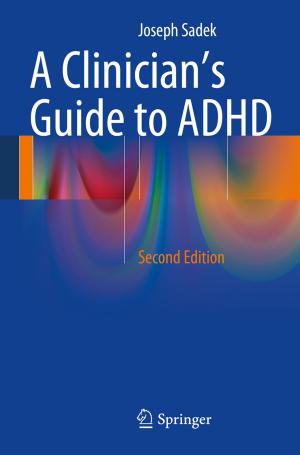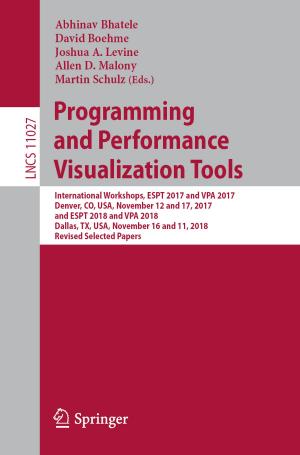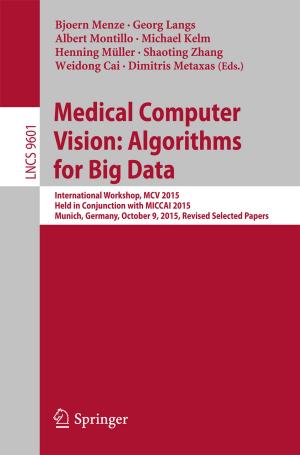Vestibular Migraine and Related Syndromes
Nonfiction, Health & Well Being, Medical, Specialties, Otorhinolaryngology, Internal Medicine, Neurology| Author: | ISBN: | 9783319070223 | |
| Publisher: | Springer International Publishing | Publication: | August 18, 2014 |
| Imprint: | Springer | Language: | English |
| Author: | |
| ISBN: | 9783319070223 |
| Publisher: | Springer International Publishing |
| Publication: | August 18, 2014 |
| Imprint: | Springer |
| Language: | English |
This book provides a multidisciplinary approach to vestibular migraine and related syndromes in which dizziness is the most predominant feature. Starting from the neurological point of view, the pathophysiology, classification, neurophysiology and therapy of migraine are discussed. Readers will learn how to recognize and properly treat vestibular migraine, which is often undiagnosed or misdiagnosed as Ménière’s syndrome (a form of vertigo characterized by vertigo spells and hearing loss that presents comorbidity with migraine) or benign paroxysmal positional vertigo (in which patients experience brief episodes of vertigo, lasting from seconds to 1 minute, when they move their heads in a certain way). The described diagnostic and therapeutic strategies include the newest, state of the art approaches. Further aspects of migraine that are considered include hyperexcitability in the brain and the triad of migraine, dizziness and anxiety. In addition, the imaging of migraine, and of vestibular migraine in particular, is discussed and clinical records are reported.
Vestibular Migraine and Related Syndromes is based on the practical and clinical experiences of an authoritative group of well-known neurologists, ENT specialists and neuro-otologists. It provides neurologists with a complete overview of relevant clinical features, otolaryngologists with clear descriptions of clinical aspects and the pathophysiology of migraine and radiologists with guidance on the role of imaging techniques.
This book provides a multidisciplinary approach to vestibular migraine and related syndromes in which dizziness is the most predominant feature. Starting from the neurological point of view, the pathophysiology, classification, neurophysiology and therapy of migraine are discussed. Readers will learn how to recognize and properly treat vestibular migraine, which is often undiagnosed or misdiagnosed as Ménière’s syndrome (a form of vertigo characterized by vertigo spells and hearing loss that presents comorbidity with migraine) or benign paroxysmal positional vertigo (in which patients experience brief episodes of vertigo, lasting from seconds to 1 minute, when they move their heads in a certain way). The described diagnostic and therapeutic strategies include the newest, state of the art approaches. Further aspects of migraine that are considered include hyperexcitability in the brain and the triad of migraine, dizziness and anxiety. In addition, the imaging of migraine, and of vestibular migraine in particular, is discussed and clinical records are reported.
Vestibular Migraine and Related Syndromes is based on the practical and clinical experiences of an authoritative group of well-known neurologists, ENT specialists and neuro-otologists. It provides neurologists with a complete overview of relevant clinical features, otolaryngologists with clear descriptions of clinical aspects and the pathophysiology of migraine and radiologists with guidance on the role of imaging techniques.















